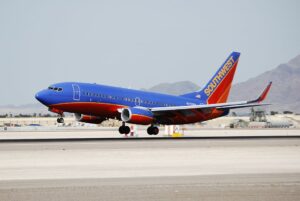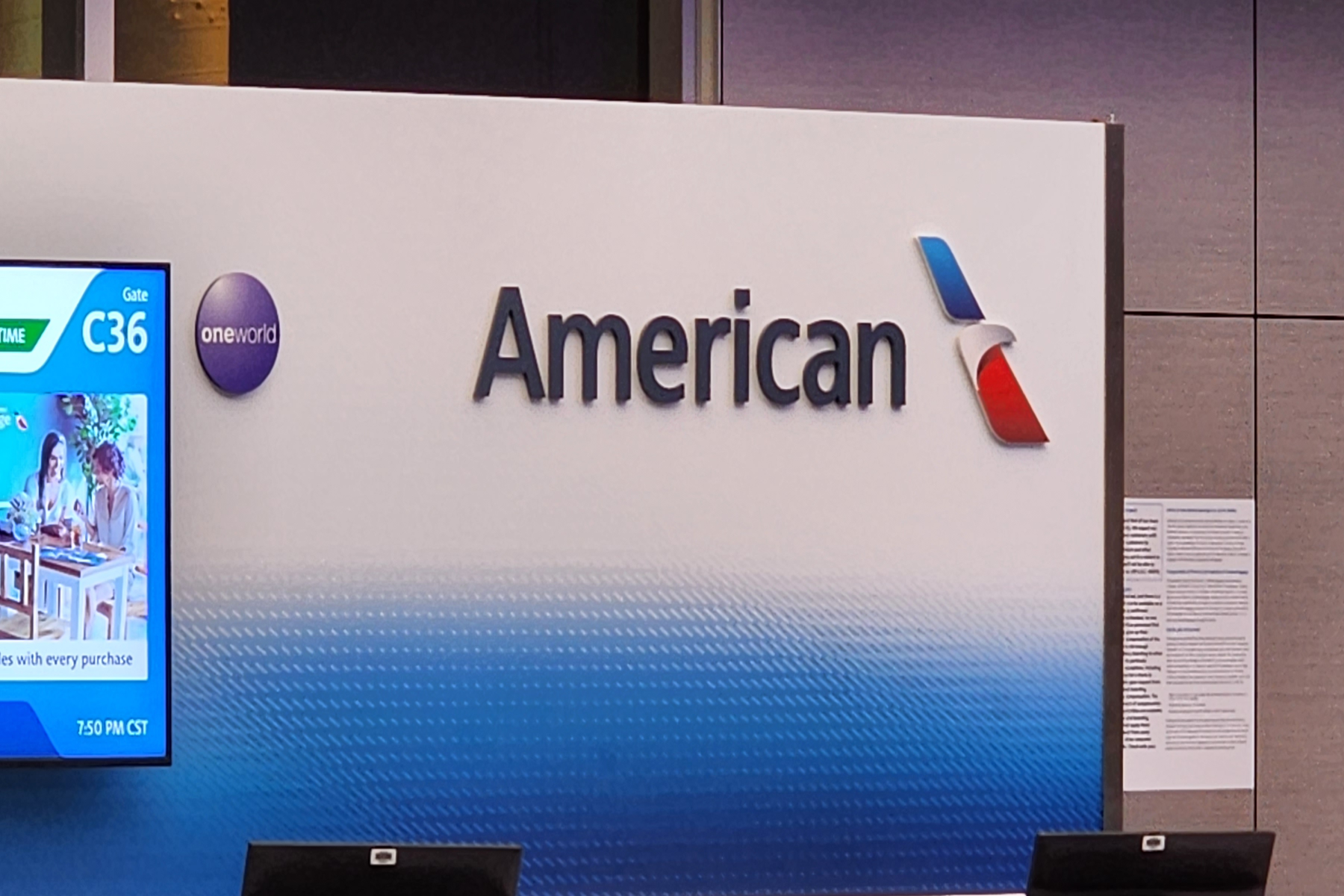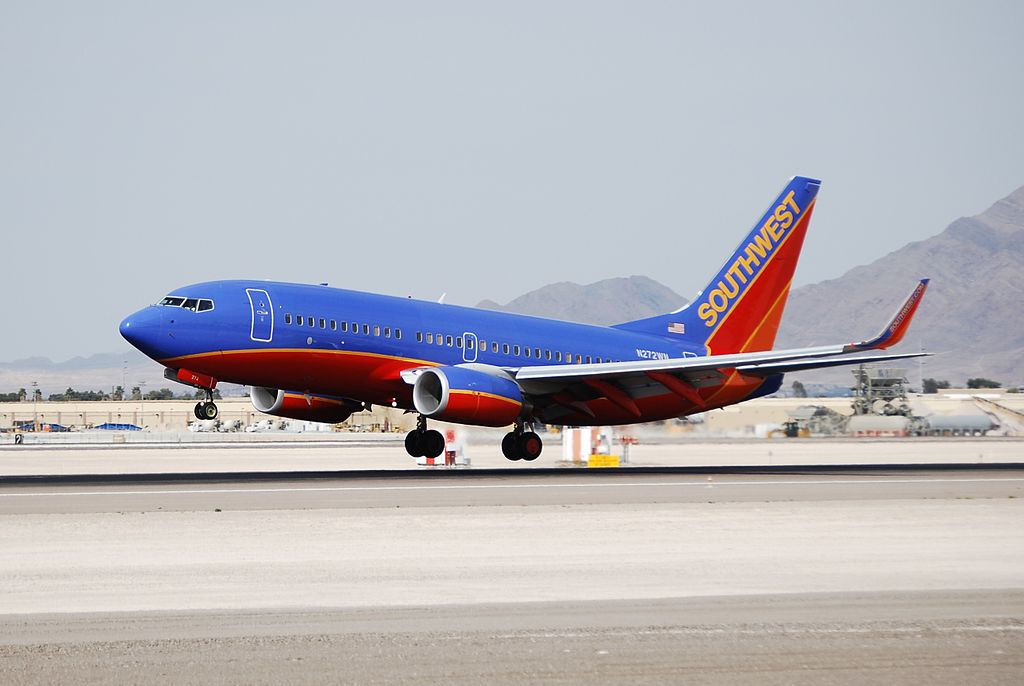How Survivors Manage to Fly Again After A Tragic Accident

Flying is the statistically safest mode of transportation in human history, but when tragedy strikes, the aviation industry’s impressive safety record often takes a backseat to graphic reports of terror in the sky.
News of a passenger tragically losing her life after being partially sucked out of a passenger plane following an engine explosion is no doubt a bitter affirmation for those with aviaphobia or a fear of flying. Although air travel is the statistically safest way to travel, that information may offer cold comfort to nervous flyers faced with graphic images and sensationalized stories of a worst case scenario playing out on every news channel on the television.
In a 2016 column, FlyerTalk resident flight attendant Amanda Pleva offered a few “reassuring facts for the frightened flyer.” She helpfully points out “your chances of perishing in a plane crash are 1 in 4.7 million” – a negligible risk when considering that your chance of dying during a dance party is 1 in 100,000.
Pleva goes on to suggest that those who still have an aversion to air travel might help put themselves at ease by identifying themselves as nervous flyers when boarding a flight, asking crew members questions, sitting near the wing where the ride is usually the smoothest and in extreme cases, taking a fear of flying course. She also suggested that white-knuckle flyers avoid excess alcohol consumption when traveling.
Survivors who had the incredibly bad luck to have been on a flight in which things went tragically wrong, getting back in the air can sometimes be a bit more of a challenge. Even aviation professionals can have trouble dealing with the trauma of a serious onboard emergency. A former British Airways cabin crew member once sued her former employer, claiming that a terrifying midair engine fire left her “mentally scarred” and unable to work.
Passengers who were on Southwest Airlines Flight 1380 when an engine exploded causing the cabin to depressurize and resulting in the death of a fellow passenger, later received letters from the airline along with a check for “immediate expenses” in the amount of $5,000. “We value you as our customer and hope you will allow us another opportunity to restore your confidence in Southwest as the airline you can count on for your travel needs,” the letter read hopefully. Of course, passengers still dealing with the trauma of a midair terror that cost a young mother her life, might not be quite ready to start thinking about airline loyalty.
According to Stuff, there is every reason to believe that survivors of this air tragedy will be able to put the traumatic events behind them and learn to love air travel again. Many of the same techniques employed to help passengers with a phobia of flying can be used to help those with good reason to be afraid of boarding another plane again.
“If you don’t get back immediately, you may never get back on that plane,” Dave Sanderson who survived the so-called “Miracle on the Hudson” crash of US Airways Flight 1549 in January 2009 told the news site.
[Photo: Shutterstock]

























I have yet to see confirmation as to whether this poor lady had her seatbelt fastened or not. I find it hard to believe that she would have sustained the injuries and trauma she experienced if she was strapped in. I have averaged over 175k miles a year for the past ten years and I have seen a grown man as well as a toddler bounce off the ceiling in severe turbulence (PRC-PHX and PHX-GYM, in different years). It's extremely rare, of course, but if I'm sitting, I'm buckled. Seatbelt release is more prevalent outside the US than on domestic flights. I see the seatbelt sign go off much sooner in Europe than in North America, and a lot of Asians could care less if it's on or off: I see young ladies rushing to the toilet while we're taxiing for takeoff, or mostly men up unloading the bins while we're taxiing to the gate. Ok, it doesn't happen with a great deal of frequency, but often enough that it's no longer surprising. Maybe we have a greater emphasis all-around on seatbelt use in the states - I also use the National Express a lot in the UK and, even though signs say seatbelts are required and the driver mentions it as well, I'm in a minority of people who actually heed the instruction.
"faced with graphic images and sensationalized stories of a worst case scenario"..those pesky headlines...a bit like running an headline about bugged hotel rooms...